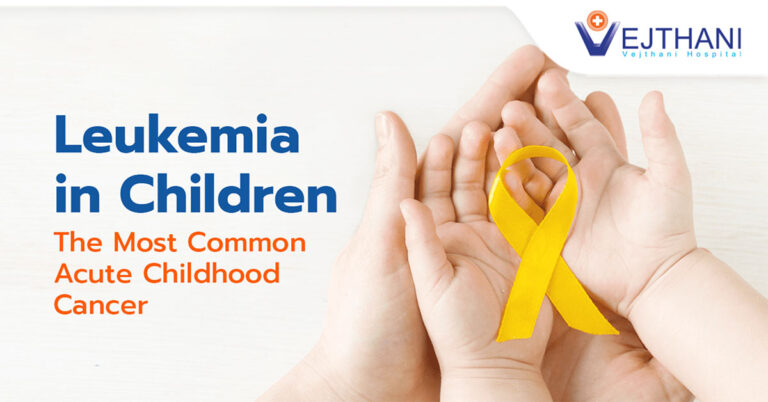

Cerebral Palsy occurs from brain injuries from various causes during infancy or early childhood. This results in developmental delay, especially in muscle coordination, with lasting effects on future lives. Swift treatment and consistent developmental stimulation are advised for improved quality of life.
Dr. Supachai Laohapongsomboon, a specialized pediatric neurologist at Vejthani Hospital, explains that cerebral palsy is a brain disorder resulting from persistent brain injuries during a developmental stage when the brain has not fully matured. This leads to abnormalities in physical movements, such as arm and leg coordination, posture, and standing, and may result in impaired walking. Cerebral Palsy tends to present from birth or during infancy and is frequently found in premature infants, those with low birth weight, or those experiencing oxygen deficiency during delivery.
Signs of cerebral palsy in children are noticeable through developmental delays compared to their peers, such as delayed head control, rolling over, sitting, crawling, and walking. Preferring the use of one side of the hand before the standard age is also a common sign.
Brain injuries can occur during the prenatal, perinatal, and postnatal periods.
- Risks during prenatal: Maternal infections, such as rubella, varicella, herpes, and syphilis or hypoxia (oxygen deprivation) of the fetus, placenta previa, or trauma that causes brain injury to the fetus.
- Risks during perinatal: Preterm birth, difficult labor, low birth weight, intracranial hemorrhage or hypoxic-ischemic encephalopathy (HIE) in newborn, or nuchal cord, infection, intracranial hemorrhage during childbirth
- Risks during postnatal: Postnatal infections, head injuries from accidents, abnormal brain development, jaundice, and genetic disorders.
4 Types of Cerebral Palsy:
- Spastic cerebral palsy: This is the most common type of cerebral palsy. It causes stiffness and muscle weakness in the arms, legs, and the entire body.
- Athetoid cerebral palsy: Approximately 1 in 4 children with cerebral palsy will exhibit symptoms such as muscle stiffness, deformities, or involuntary movements, making it difficult to control their body movements. Some may have tilted necks, twisted shoulders, and clenched hands.
- Ataxic cerebral palsy: It is not commonly found, but this type of cerebral palsy causes problems with balance and coordination of various systems, along with possible tremors.
- Mixed cerebral palsy: This type of cerebral palsy involves a combination of more than 1 type of symptoms.
The treatment of cerebral palsy involves a multidisciplinary team, including pediatric neurologists, developmental and behavioral pediatricians, pediatric pulmonologists, pediatric nutritionists, pediatric gastroenterologists, orthopedic surgeons, neurosurgeons, rehabilitation physicians, physiotherapists, occupational therapists, focusing on rehabilitative treatment such as therapeutic activities, physical therapy, as well as medication to alleviate stiffness, stimulate development, and potential of children with cerebral palsy to improve their quality of life.
However, cerebral palsy has various symptoms. It is highly recommended for parents, especially those with preterm or low birth weight babies, to closely monitor for any signs of abnormalities. If there is suspicion, consult a doctor immediately for medical evaluation and appropriate treatment in time.
- Readers Rating
- Rated 5 stars
5 / 5 ( Reviewers) - Spectacular
- Your Rating





























